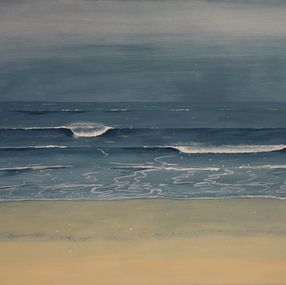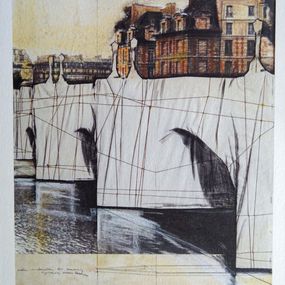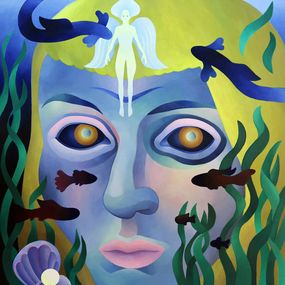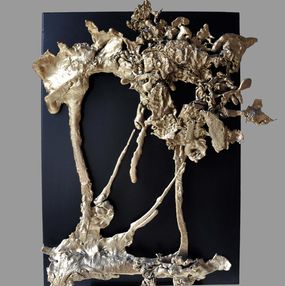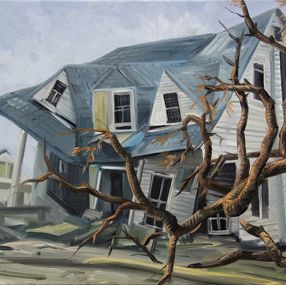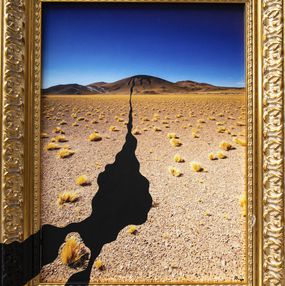
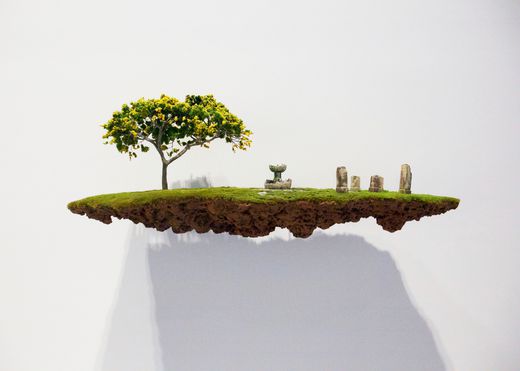
Biography
As a Cuban exile living in Mallorca, Jorge Mayet's photographic memory has allowed him to conceive startlingly realistic landscapes and natural forms based on visions of his distant home country. Lifelike trees stand in for the artist's feelings of nostalgia and yearning for his geographic and spiritual homeland. Nourished by memories and experiences, his work seeks to retain the essence of the Cuban landscape in its romantic and mystical guises. In Mayet's allegorical language, nature and artifice are combined in an enigmatic atmosphere, his ephemeral sculptures having grown out of a unique sense of civilisation's folkloric cultures. Compelled by the socio-political raptures that disrupt the relations between populations and their habitual environments, the artist creates rootless tree forms that never seem to touch the ground as if in constant transition.
Mayet's practice revolves around small-scale sculptural installation, and miniaturised replicas of imaginary trees, plants and other natural objects. The artist's vision of the trees is such that their roots remain intact (De Mis Vivos Y Mis, 2008), as is the residual clump of earth into which they are planted (Cuando Más Pienso En Ti, 2008). Made with electrical wire, paper, acrylic paint and fabric, which are combined to create realistic qualities, the objects display a three dimensional realism. While the wires and papier-mâché suggest craft culture, they are in fact rooted in the artist's interest in ancient language of pre-Colombian history. Mayet maintains that there is life in trees which gives life to people, and the strength and symbolic resilience of the perennial plants can inform mankind's universal worth.
Mayet's sculptures confess to an existential orientation towards the making of other worlds. They refer to a wholeness that has been somehow lost, due to what the artist perceives to be the decay of history in today's ruinous society. Mayet takes the tree as a symbolic icon capable of withstanding these disastrous conditions, creating objects that exist in the image of them. Cuba's trees being associated with a symbolic mysticism, which comes from links with the Yorubic religion brought over by African slaves. Mayet's sculptures refer to the ritual in in which people prayed before the trees, burying various offerings in and around their roots. Animal sacrifices, which formed part of the ancestral ritual, are evident in Mayet's application of bird feathers used by the artist to form a dialogue between trees the deep roots of their historical and religious symbolism.
© Osei Bonsu, 2014
Nationality
Artistic movements
Themes





